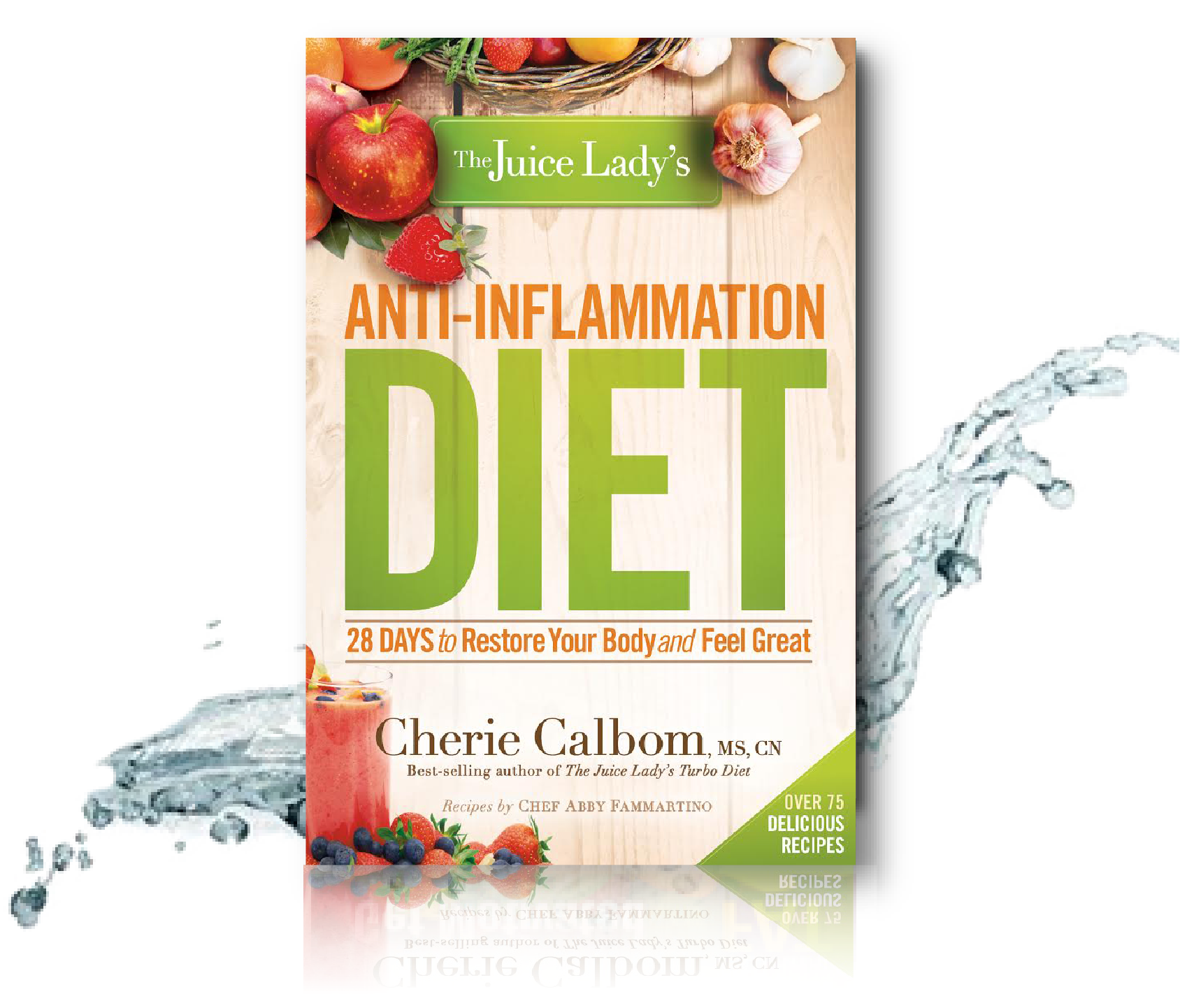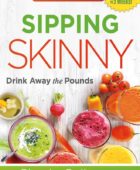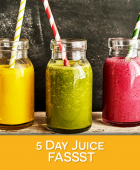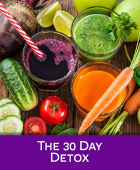Sugar’s Bitter Truth
Sugar and Inflammation
For the last four decades, Americans have avoided fats and gorged on sugar. Sugar is a leading contributor to type 2 diabetes, Parkinson’s, Alzheimer’s, MS, metabolic syndrome, and excessive weight gain. It also increases the risk of heart disease, certain cancers, high blood pressure, and osteoporosis; actually nearly every disease has a link to sugar.
Sugar in the amount that the typical Americans eat (about 64 pounds a year) continually upsets our body chemistry and causes the inflammatory process that leads to disease. The less sugar you eat, the less inflammation, and the stronger your immune system, which defends us against infectious and degenerative diseases.
Excess sugar in the blood causes glycation, a process where a sugar molecule binds to a protein or a fat, and leads to the formation of advanced glycation end products (AGEs). AGEs are inflammatory; they are associated with type 2 diabetes, aging, and many diseases.
Don’t be fooled. Sugar is hidden in packaging in many different forms: high fructose corn syrup, corn syrup solids, sucrose, maltose, dextrose, fructose, glucose, galactose, lactose. When a manufacturer wants to sweeten up a certain brand of cereal, for example, it can either do this using 15 grams of sugar, or, 5 grams of malt syrup, 5 grams of invert sugar, and 5 grams of glucose. Some manufacturers seem to be choosing this divide and masquerade method, placing these ingredients lower down on their products’ lists, making the public believe that the amount of sugar in the product is smaller than it is.
It’s all still sugar: Cane juice, dehydrated cane juice, cane juice solids, cane juice crystals, dextrin, maltodextrin, dextran, barley malt, beet sugar, caramel, buttered syrup, carob syrup, brown sugar, date sugar, malt syrup, diatastic malt (enzymes that breakdown starch into sugar), fruit juice concentrate, dehydrated fruit juice, fruit juice crystals, golden syrup, turbinado, sorghum syrup, molasses, refiner’s syrup, ethyl malitol, maple syrup, yellow rock sugar, and sugar alcohols such as sorbitol and mannitol.
Healthy Alternative Sweeteners
- Stevia (recommend Sweet Leaf Vanilla Creme)
- Coconut sugar and coconut nectar
- Small amounts of pure maple syrup
- Small amounts of local raw honey
8 Reasons to Ditch Sugar
8 Reasons to Ditch Sugar
Here are a few TOP TIPS to help you shed those pounds and feel great:
- Sugar is a major contributor to inflammation. Inflammation is a top cause of heart disease and nearly all other diseases. You can read more about inflammation in my book The Juice Lady’s Anti-Inflammation Diet.
- Sugar makes you fat. It is loaded with calories that are stored in fat cells.
- Sugar will raise your cholesterol. For years we were told it was fat that raised our cholesterol, but sugar is worse.
- Sugar makes you nervous. There is a clear link between excess sugar and disorders like anxiety, depression, and schizophrenia, because of high levels of insulin and adrenalin that get released with sugar consumption
- Sugar causes diabetes, kidney and heart problems. Excess sugar can damage the pancreas’s ability to function properly.
- Sugar destroys your teeth. Sugar increases the bacteria in your mouth that erodes enamel. The biggest problem with many popular toothpastes is that they contain sugar. They are not required to put the sugar on the label.
- Sugar suppresses the immune system. Sugar beats out vitamin C in your immune cells and weakens them.
- Sugar causes wrinkles. A high-sugar diet damages collagen, the layer just below the skin that gives you that youthful appearance.
Dairy Free Cream of Asparagus Soup & Kale Salad
Dairy Free Cream of Asparagus Soup & Kale Salad
Inflammation Shown By the CDC as a Major Cause if Illness and Disease
If you have suffered with ill health, I highly recommend that you follow the anti-inflammation diet. Many people have been healed and lives changed by reducing inflammation in their body. The recipes that follow are from my new book The Juice Lady’s Anti-Inflammation Diet. As you follow this program, you should notice that your health greatly improves. You will also lose weight if you need to.
Basic Raw Kale Salad With “Dairy Free” Cream of Asparagus Soup
Serves 4–6
Basic Raw Kale Salad
1 cup shredded carrot, or snap peas (when in season)
2 cups radishes, sliced
1 clove garlic, minced
6 cups kale, chopped into bite-size pieces (2 bunches)
1-inch-piece of ginger, minced (optional)
Sea salt, to taste
2 Tbsp. lemon juice
1 Tbsp. extra-virgin olive oil
Combine all ingredients in a large bowl. With clean hands, massage the vegetables as if you are squeezing water out of them. Work the vegetables at least 15 times. After 10 minutes, work the vegetables another 15 times. Season to taste and enjoy many variations on this theme!
Fun Variations:
*Add sesame seeds and sesame oil at the end, or chopped cashews for crunch.
*Reduce sea salt to 1/2 teaspoon, and add 1 teaspoon umeboshi plum paste.
*Add golden raisins soaked in apple juice and pumpkin seeds for a kale “granola”
Shopping List
1 clove garlic
1-inch ginger
2 large bunches of kale (green
or red or lacinato)
1 lemon
1 large bunch radishes
1 cup snap peas or 3 carrots
Check the Pantry
Extra-virgin olive oil
Sea salt
“Dairy Free” Cream of Asparagus Soup
Serves 6
1/4 cup extra-virgin olive oil
2 cloves garlic, chopped
1/2 cup diced onion
1/2 Tbsp. green curry paste (optional)
5 cups fresh asparagus, (or frozen) cut into 1-inch pieces (2 bunches)
4 cups rutabaga, one inch dice
4 cups vegetable stock, to cover
1/2 bunch parsley, roughly chopped
11/2 tsp. sea salt (or more to taste)
Freshly ground black pepper, to taste
1–2 cups coconut milk, or to taste (hemp or plain almond milk can be substituted)
Fresh water, as needed
Heat the olive oil in a large soup pot set over medium heat and stir in the garlic, onion, and curry paste (this seasons the oil). Add in the cut asparagus and rutabaga. Add just enough stock to cover the vegetables—not too much, you can always thin the soup later if you need to. Add the chopped parsley. Season with sea salt and fresh pepper, to taste.
Bring the vegetables to a high simmer. Cover the pot, and reduce the heat to a medium simmer. Cook for 20 minutes or so, until the rutabaga are fork tender. Remove the pot from the heat. Use an immersion blender to puree the soup. Return the pot to the stove and add in the coconut milk. Stir and heat through gently (don’t boil the pureed soup). Taste test and adjust seasonings.
Serve with a sprinkle of fresh minced parsley or a spoonful of plain vegan yogurt or vegan sour cream.
Shopping List
2 bunches asparagus
2 cloves garlic, chopped
1 medium yellow onion
1 bunch parsley
3 lb. rutabaga
Check the Pantry
Black peppercorns
Coconut milk
Extra-virgin olive oil
Green curry paste (optional)
Sea salt
From The Juice Lady’s Anti-Inflammation Diet
Read MorePrevent Holiday Weight Gain
Prevent Holiday Weight Gain
1. Eat Before The Party
Skipping breakfast and/or lunch isn’t a good weight-maintenance tactic. Not eating until the afternoon may lead to bingeing later on. Go to a party hungry, and you’ll probably eat a lot more than if you ate breakfast and lunch. Make sure to stick to a reasonably sized breakfast with plenty of protein, which will help tone down the urge to stuff yourself later on in the day.
2. Bring Your Own Dish
Bring a healthy side dish, appetizer, or dessert that you can count on. This way you’ll have a healthy alternative to fall back on and a safe bet if you have food allergies or intolerances.
3. Chew Your Food Slowly
Eating slowly may not be easy when appetizer options are endless and you want to try one of everything before they’re gone, but it pays off to chew well and eat slowly. The faster you eat, the less time your body has to register fullness . Slow down and savor each bite of food.
4. Choose Protein versus Sweets and Cheese
Protein can help maintain a healthy weight because high-protein diets are associated with greater satiety. As an added benefit, it’s important for healthy muscle growth . Make sure to serve up some turkey or meatballs, or prepare animal-free alternatives like quinoa, lentils, or beans.
5. Fill Up on Fiber
Snack on vegetables and other high-fiber items like beans, lentils, and split peas. This can help keep you fuller, longer. Give the vegetable platter a second chance with a healthy and tasty dip such as hummus or guacamole.
6. Help Yourself to Healthy Fats
Cutting out butter and polyunsaturated oils can slash calories. Not all fats are bad fats though. Not only do we need fat in our diets to provide energy and absorb the fat-soluble vitamins A, D, E, and K, it also helps us feel full. Get healthy fats from avocados (hey there guacamole!), nuts, coconut oil, and olive oil (in baked goods, on veggies, or in homemade dressings) . Bonus tip: Combining fat with fiber—like dipping veggies in guacamole—has been shown to increase fat’s power to make you feel full.
9. Snack on Veggies
Munching on vegetables has long been recognized as a way to protect against obesity. Mix pureed veggies into baked goods and casseroles, sneak them into potato dishes., and pop in extra greens with your smoothie. Adding veggies increases fiber, which helps make us fuller .
10. Ditch the Sugar
Holiday cookies, cakes, and pies are wildly tempting, but it all adds up to a lot of sugar that can really pack on the pounds and increase the risk for cardiovascular disease,diabetes, and obesity. Stick to sugar that comes in its natural form —in fruits, veggies, and whole grains. And try stevia for a healthy alternative sweeter.
Healthy Snack Recipes
Lemony Avocado With Endive Dippers
Mash ⅓ chopped avocado with 2 teaspoons fresh lemon juice and a pinch of kosher salt. Serve with endive leaves.
Coconut Popcorn
Toss 4 cups popped popcorn with 2-3 Tbsp. melted coconut oil and 1-2 Tbsp. nutritional yeast.
Celery Sticks With Hummus and Olives
Cut 3 ribs celery into sticks and top each one with some 3 Tbsp hummus (evenly divided) and 3 sliced kalamata olives.
Read More








